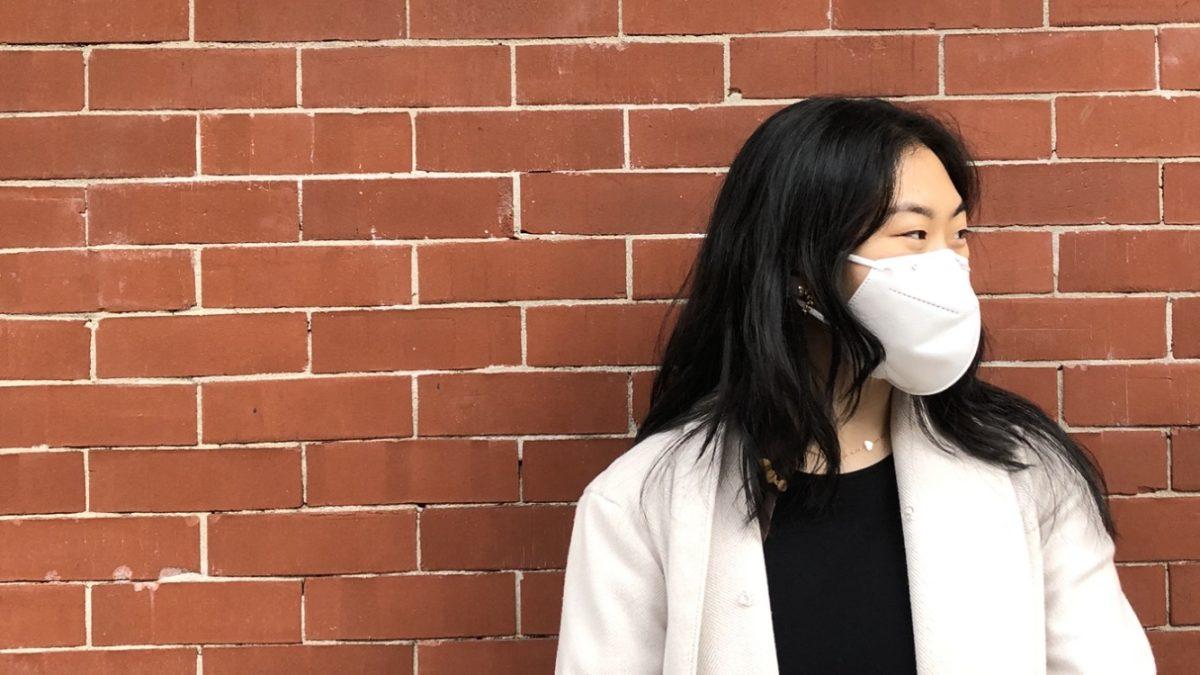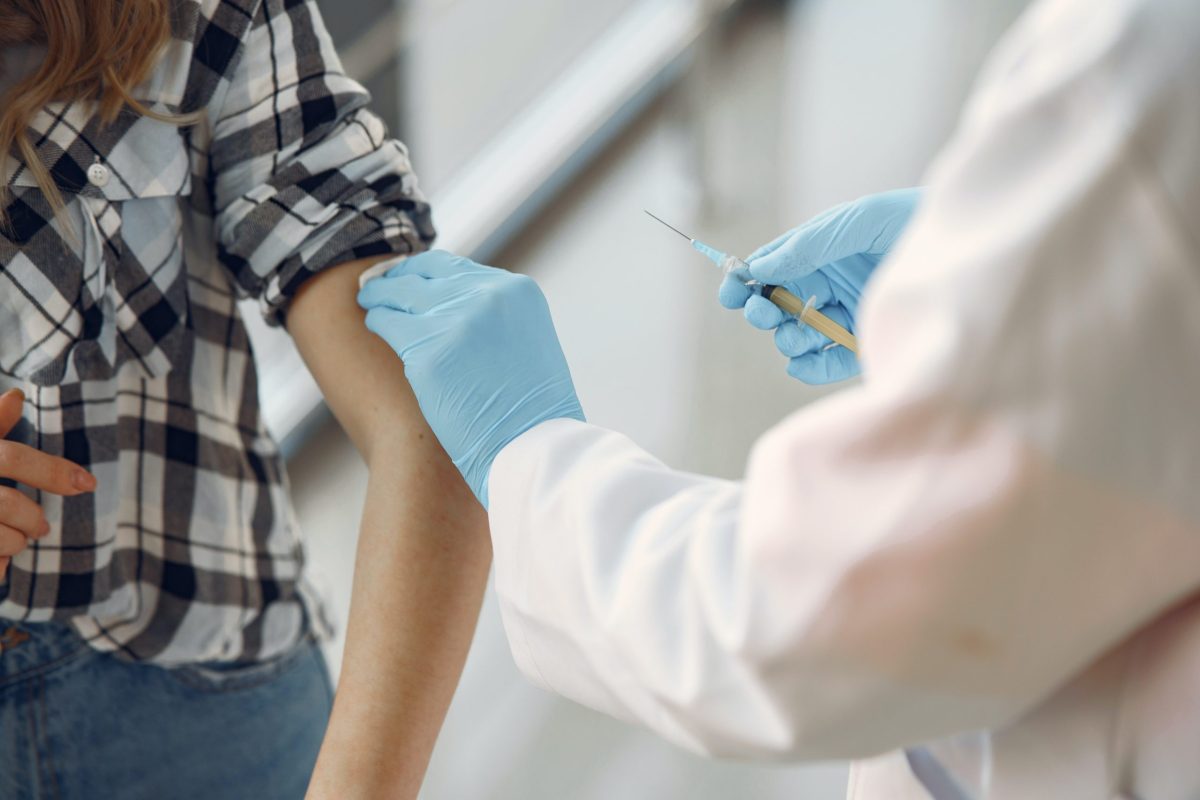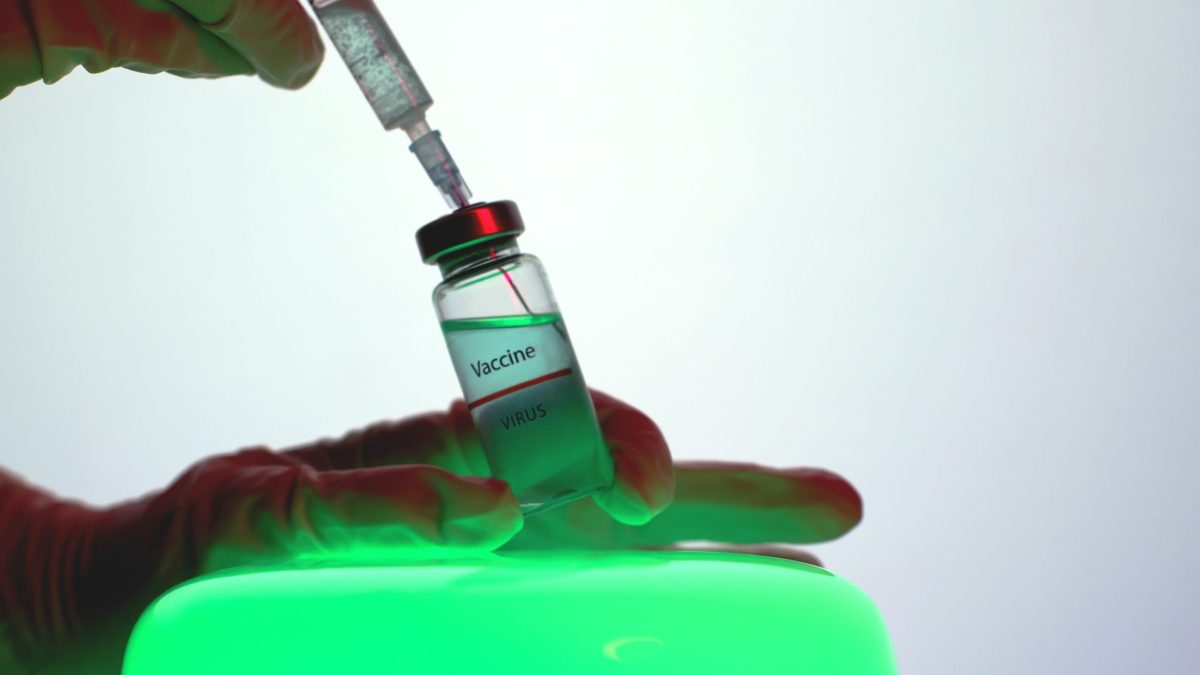With just under 1.5 million New Jersey residents receiving their first dose of the COVID vaccine the state is making solid progress in its goal to have 70% of the state vaccinated by June. However, if current trends remain, the distribution of those vaccines might not be equitable for historically marginalized communities.
Data on the current vaccine rollout shows that of New Jersey citizens that have gotten a vaccination, only 5% are Black, 6% are Hispanic. Meanwhile, New Jersey’s total population is 10% Black and 21% Hispanic. According to New Jersey’s Communicable Disease Reporting and Surveillance System, these numbers are particularly worrying considering that data shows these populations are also more susceptible to dying from COVID-19. As a result of a myriad of factors including disparities in insurance coverage, wealth inequality and a tendency to work in high-risk essential work settings, Black non-Hispanic and Hispanic residents have respective age adjusted mortality rates of 2.03 and 2.14 times their white non-Hispanic counterparts.
Epidemiologist and Montclair State University professor Stephanie A.N. Silvera explained why these disparities also lead to further disparities in vaccine distribution. “For Black and Hispanic populations, it’s not only that they’re more likely to die than their white counterparts, but they also are dying at younger ages. The mortality rate is higher below 65 years of age in these groups, and that becomes really concerning when we’re talking about vaccine distribution, because the guidelines [for vaccines] are based largely on age and other risk factors.”
One area that has become a large target of discussion in this issue is that of vaccine hesitancy. A Kaiser Family Foundation poll put out in December of 2020 found that Black adults were nearly 30% more likely to express concern over the COVID-19 vaccine over white respondents, with over 1 in 3 stating that they probably or definitely would not get the vaccine if they had the chance.
Distributing information to combat this problem has been a large area of focus for the New Jersey Department of Health. In addition to creating the COVID-19 Education Community Corp, where volunteers are trained in outreach towards high-risk communities, the Department of Health has partnered with local religious and civic leaders and invested into multilingual information channels. Though outreach like this can’t reach everyone, as more people in a community begin to receive the vaccine, vaccine hesitancy should decrease due to increased exposure to positive stories creating a positive feedback loop.
As several experts explain, at this point, hesitancy likely is not the largest barrier to vaccination in minority communities. The Kaiser poll cited earlier noted that even in December the numbers were decreasing notably among black respondents. Instead, the main barriers likely point to inaccessibility.
With current vaccine supplies struggling to meet demand, accessibility is a problem for all New Jerseyans but particularly in minority communities. Disproportionately lower car ownership, internet accessibility, and inflexible hours in essential work can prevent minority communities from accessing vaccine distribution centers. The Department of Health, in partnership with FEMA, is trying to rectify some of these issues with the implementation of community vaccine sites and pop-up vaccination pods that may help to reduce the travel burden on residents reliant on public transport.
Amanda Medina Forrester, the Executive Director of the Office of Minority and Multicultural Health within the New Jersey Department of Health, explained “we are identifying wraparound services with our Department of Human Services to ensure that [we have] other support systems within each of the pods, [for instance], do the pods have transportation services for people who can’t travel to the pod? Or can we do [a pop-up pod somewhere] for these people who can’t travel and then of course, [online/onsite] interpretation services and translation services.”
Another significant area for improvement is in collection of data. Data on COVID-19 vaccine distribution’s demographic information are vital to reducing inequity as it helps inform further distribution strategy. Statistics like the Social Vulnerability Index, an aggregate statistic made up of COVID-19 death rate, transportation access and other factors that may prioritize a region for vaccine access are key in planning vaccine distribution. For example, the current New Jersey Immunization Information System lacks data for racial demographics of COVID-19 vaccine distribution for approximately 30% of all doses, often registered under N/A or Other. Gaps in data like this can hinder the response of those looking to ease racial disparity in vaccine administration as they cannot gather the full scope of the problem.
Additionally, much of the ethnic data only gives information in broad strokes. “We don’t do a good job disaggregating the data,” said Silvera. “There’s a lot of differences within the Latinx community, within the Asian community, within the Black and African-American community and within white ethnic communities as well.” Without a more granular perspective on the data, public health policy can become misguided and alienate large ethnic subgroups.
The racial disparities in the pandemic carry with them the weight of many systematic issues in this country. Thus, rectifying them will require a significant degree of effort on the part of those organizing the COVID-19 response. The New Jersey government has shown a good deal of commitment so far, and hopefully will continue into the future, but there remain some key steps to achieve before equitable distribution can be achieved. Full roll out of the community vaccine distribution sites, alternative pathways to registration and hours that are more accommodating for those with essential jobs will all greatly help in achieving this goal. How these efforts will be achieved in the state of New Jersey remains to be studied.































